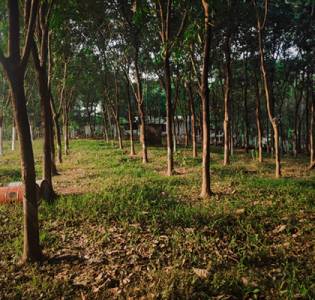
The rubber industry encompasses a vast and intricate network of processes, from raw material sourcing to the manufacturing of diverse finished goods. This industry is crucial to countless sectors, providing essential materials for everything from automotive parts and medical devices to footwear and sporting goods. This description delves into the key aspects of this dynamic and ever-evolving sector.
The foundation of the rubber industry lies in the sourcing of natural and synthetic rubber.
The transformation of raw rubber into finished products involves several key stages:
The rubber industry serves a broad range of sectors, producing a vast array of products, including:
The rubber industry faces both opportunities and challenges:
This description provides a comprehensive overview of the rubber industry. The complexity and diversity of this sector necessitate continuous research, innovation, and adaptation to meet the ever-evolving demands of various industries worldwide.